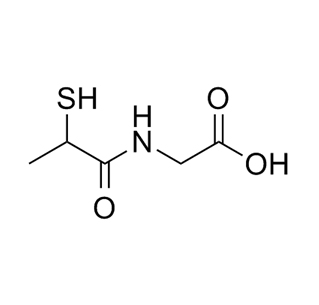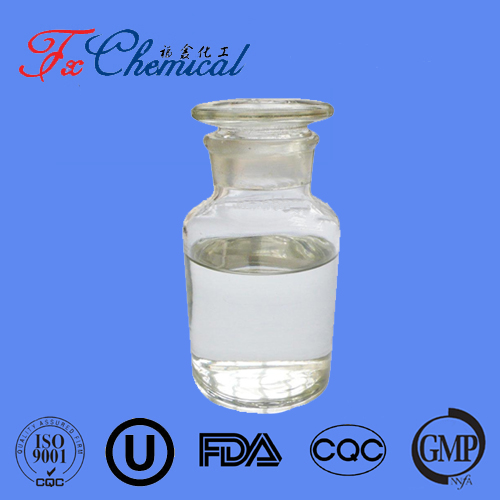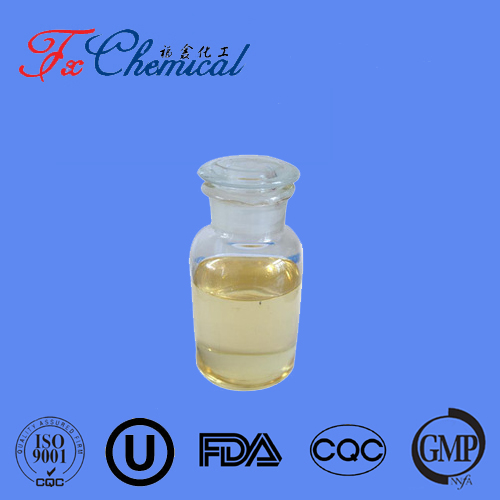
Search

Search

Since starch itself is composed of amylose and amylopectin, different amylases produce different substrates for starch hydrolysis. The fungal α-amylase and mesophilic α-amylase are briefly introduced below.
Medium-temperature α-amylase is an amylase preparation refined by submerged fermentation of Bacillus subtilis and modern extraction and drying technology. The optimum temperature is 60-80°C. Fungal α-amylase is fermented and purified by Aspergillus oryzae, optimum temperature: 50-60°C, optimum PH: 5.0-6.0, it can be seen that the main difference between the two amylases is the action temperature, fungal α-amylase in 60°C, mesophilic α-amylase at 80°C.
A large amount of maltose and a small amount of maltotriose, glucose, and oligosaccharides are produced by the hydrolysis of α-amylase from fungi. α-amylase from bacterial origin, short-chain dextrin and a small amount of low-molecular sugars such as oligosaccharides, glucose, and maltose, which are hydrolyzed by medium-temperature α-amylase. The field where fungal α-amylase is used more is the familiar flour product processing. Fungal α-amylase is included in the common steamed bread improver in supermarkets.
The field where fungal α-amylase is used more is the processing of flour products. In the process of making fermented foods such as bread and steamed buns, when the dough is fermented, the yeast needs enough sugar sources as nutrients. However, only 1% to 115% of monosaccharides, disaccharides and a small amount of soluble dextrin in flour are used by yeast during fermentation, which cannot meet the normal reproduction needs of yeast at all. A small amount of fungal α-amylase is added to this special flour. When the dough is fermented, the damaged starch in the flour is hydrolyzed into maltose under the action of fungal α-amylase, and maltose is hydrolyzed into glucose under the action of maltase secreted by yeast itself. for use by yeast. Yeast uses these sugar sources and other nutrients to reproduce vigorously with the participation of oxygen, producing a large amount of carbon dioxide and other substances, making the dough bulky, elastic and tasteful. Medium-temperature α-amylase is mostly used in alcohol, brewing and other industries.

Quick Links
Add:
E-mail:
 English
English  Español
Español  français
français  العربية
العربية 


